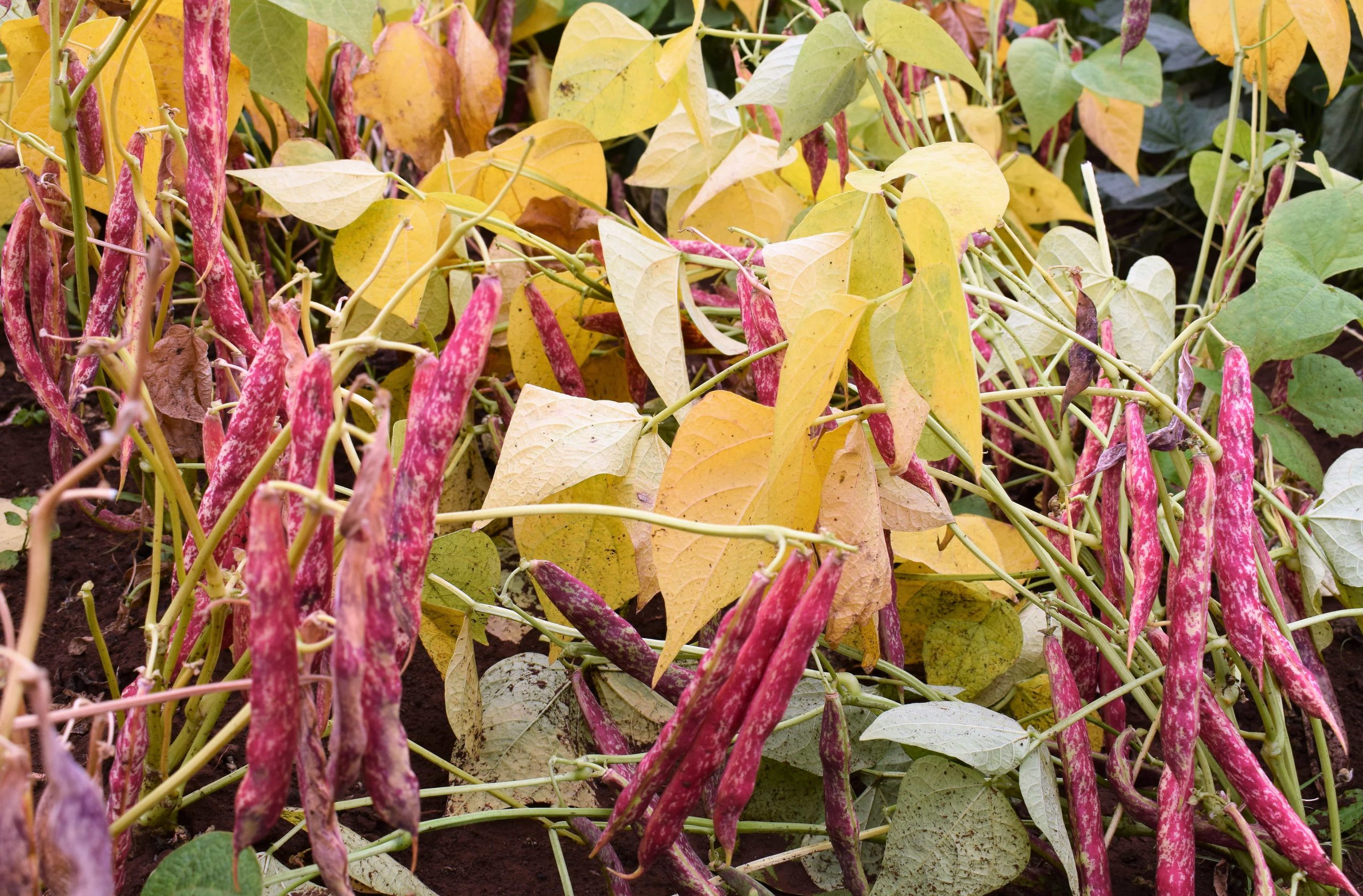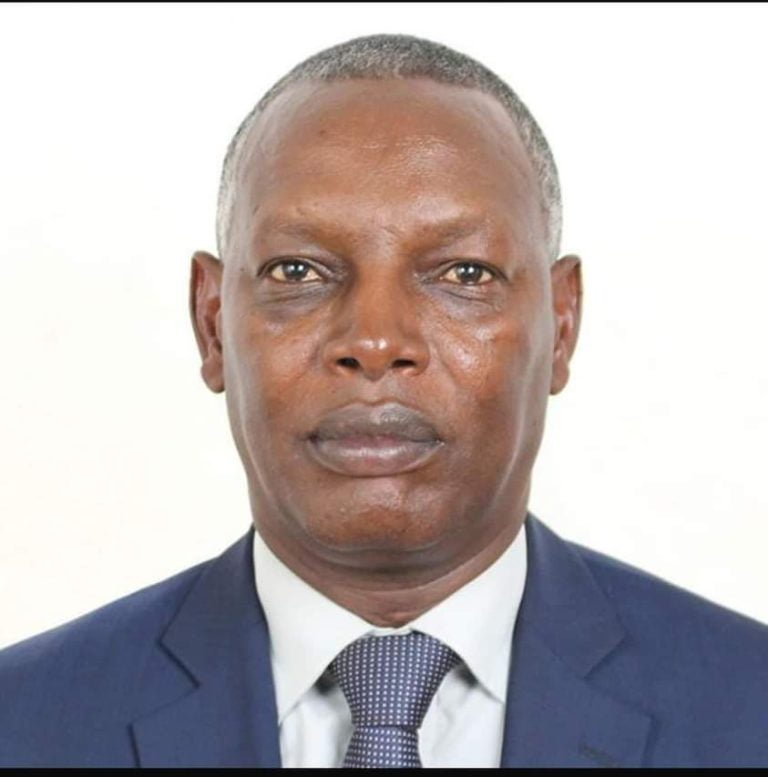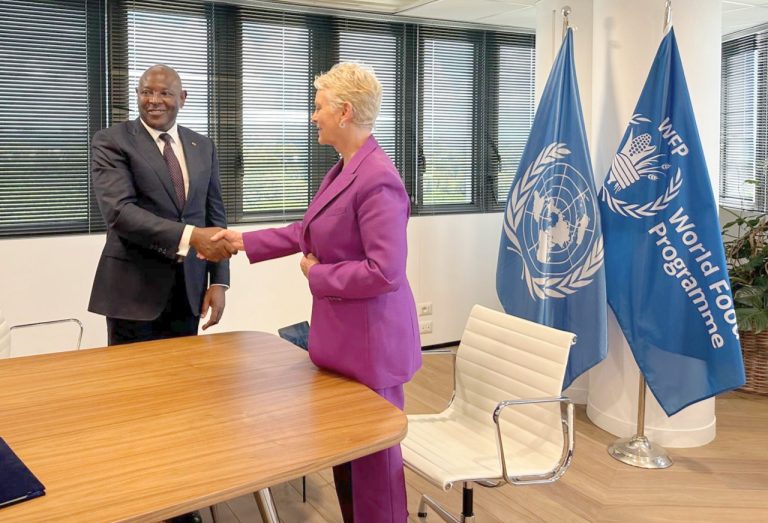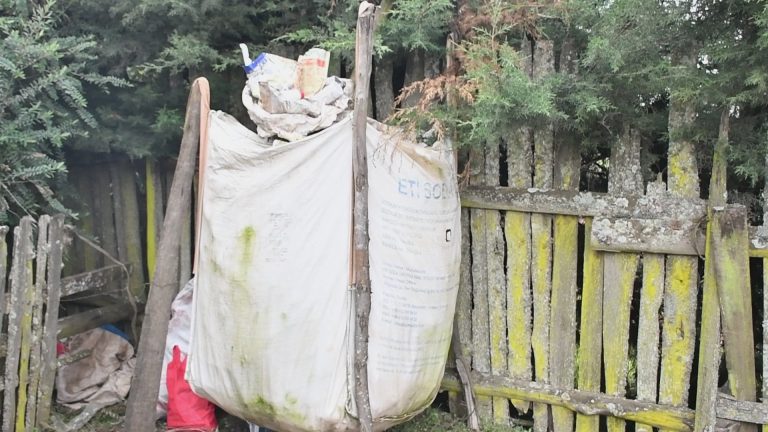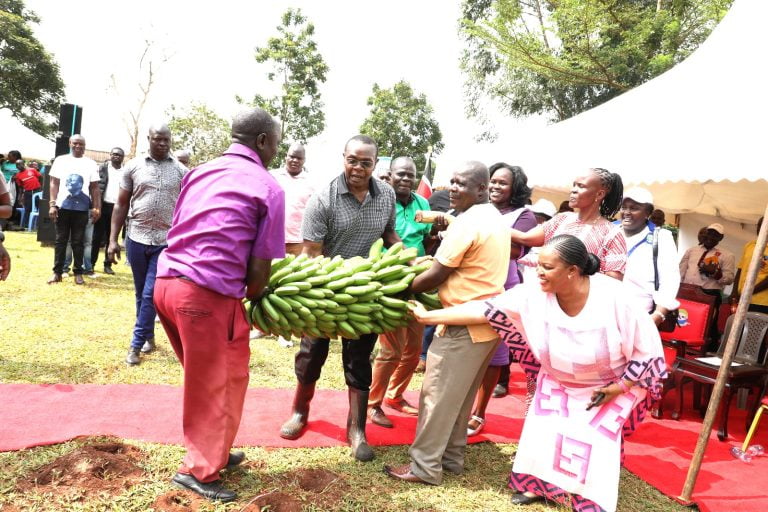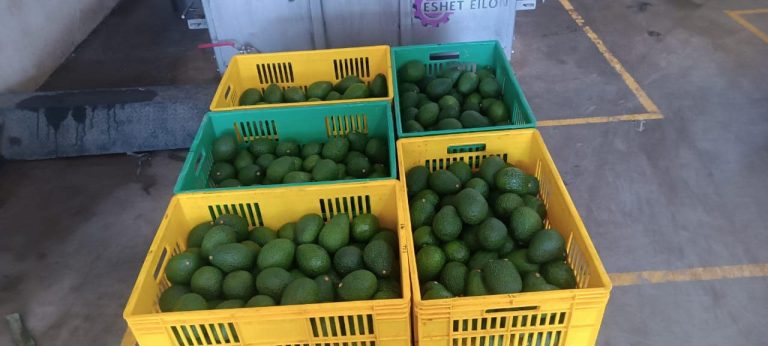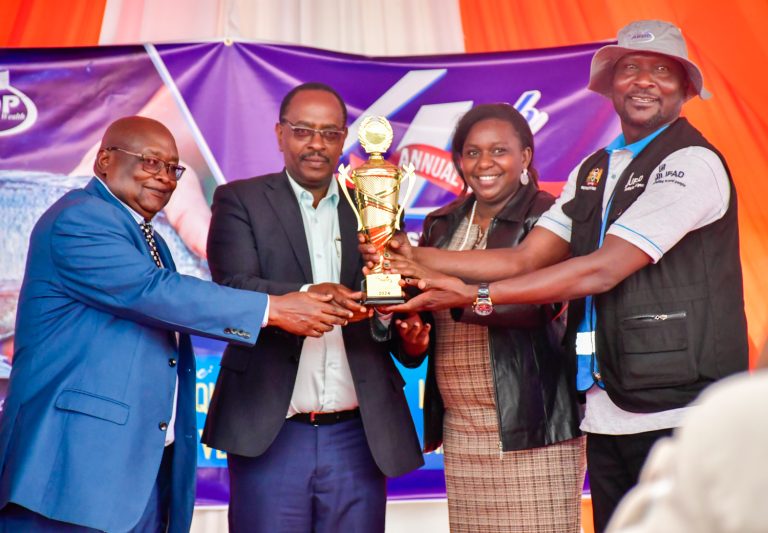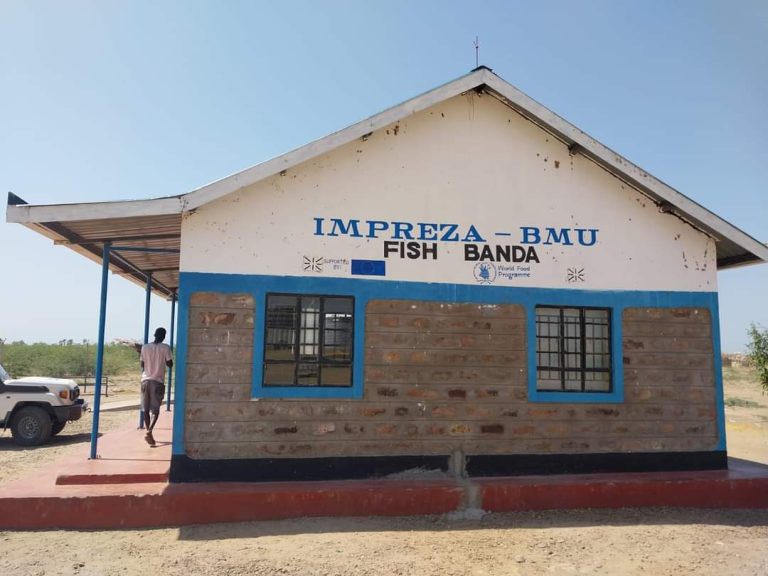Post-Harvest Loss Management (PHLM) is a viable option for promoting food security and nutrition in sub-Saharan Africa. This was the message from Food, Agriculture and Natural Resources Policy Analysis Network (FANRPAN), in partnership with CARE International Southern Africa, as they marked the International Day of Awareness of Food Loss and Waste (IDAFLW 2020) on 30th September 2020.
FANRPAN says results from a recent study it carried out in Sub-Sahara Africa reveals that farmers have inadequate capacity and technologies to ‘protect their harvest’, with annual post-harvest losses estimated at between 35-50 percent of produced food. These losses occur at different stages of the value chain from harvesting, to include transportation, storage and consumption. Much higher losses are reported for fruits, vegetables, and dairy products.
Commenting after the PHM dialogue, Karl Deering, Partnerships and Research Advisor at CARE International, responsible for the CARE/FANRPAN Collaboration said, “This dialogue is very much aligned to our work in the region. It is aligned to our theme, ‘Her Harvest, Our Future’, and reaching a regional target of impacting the lives of at least ten million people relies on strategic partnership such as ours with FANRPAN and others” CARE has made significant investments towards building the resilience of small-scale farmers, especially women, in the face of climate change and other shocks.
“We are losing over 30 percent of what we produce, while the continent continues to suffer from hunger and malnutrition. The majority of our smallholder farmers need viable and sustainable ways of securing their harvest. Reducing postharvest losses will improve their livelihoods and ensure regional food and nutrition security.” said FANRPAN Chief Executive Officer, Dr Tshilidzi Madzivhandila in a recent PHLM Virtual Dialogue facilitated by FANRPAN. The dialogue hosted a broad stakeholder base that included farmer organizations, policy makers, the private sector, and development partners.
Reinforcing the sentiments of the FANRPAN CEO, Hon Sindiso Ngwenya, the former Secretary General of COMESA and an active food systems policy champion, said “We need to put in place innovative ways to ensure that we are not only storing cereals and pulses, like maize and rice, but also other nutritious food commodities like fruits and vegetables.” Emphasizing the need to develop and implement appropriate post-harvest policies and strategies as a viable alternative to achieving food and nutrition security, Hon Ngwenya added, “Instead of producing more, we should increase the amount of food available by ensuring that most, if not all, of the food produced reaches the consumer.”
According to the United Nations International Children’s Emergency Fund (UNICEF), despite global decline, malnutrition is on the rise in sub Saharan Africa, in part, due to poor diets. Households in the region do not have access to adequate nutritious foods due to lack of proper storage systems, and high costs of nutritious foods. The generally rising cost of living has led to an overdependence on staples such as grains and tubers at the expense of nutrient-rich foods that include fruits, vegetables, meat, fish, eggs and dairy.
Responding to study findings on the status of Postharvest Management (PHM) in southern Africa, participants in the virtual dialogue deliberated and came up with the following key recommendations to promote effective PHLM in Sub-Saharan Africa:
• Countries in Southern Africa should fast track the development and adoption of PHM policies and strategies and the roll out plans to support implementation
• Knowledge management systems should be put in place to facilitate for multi-sectoral data collection and analysis
• On-going or longitudinal data collection systems should be developed for multiple uses e.g. national planning, BRR, SDGs, rather than for use in periodic surveys.
• There is need to build the capacity of users to scale out proven PHM technologies to reach the most marginalized and vulnerable communities. These technologies need to respond to the needs of women farmers.
• There is need to facilitate public-private sector partnerships (including farmers’ groups), clearly outlining cost-benefit analyses of PHM technologies to encourage investment and to improve farmers’ access to these technologies.
• There is need for governments to create a favourable policy and trade environment to encourage more investment in PHM by non-state actors. PHM should also be included in national plans and budget allocated to it.
• PHM needs to be included in academia; higher education research and extension curricula to ensure adaptive addressing of PHM issues.
• Monitoring and evaluation systems for PHM at the national level need to be streamlined to CAADP Malabo Biennial Review indicators.
• Adoption of Climate Smart Agriculture that is nutrition-sensitive and gender-transformative will lead to increased agricultural productivity and protected harvest.


